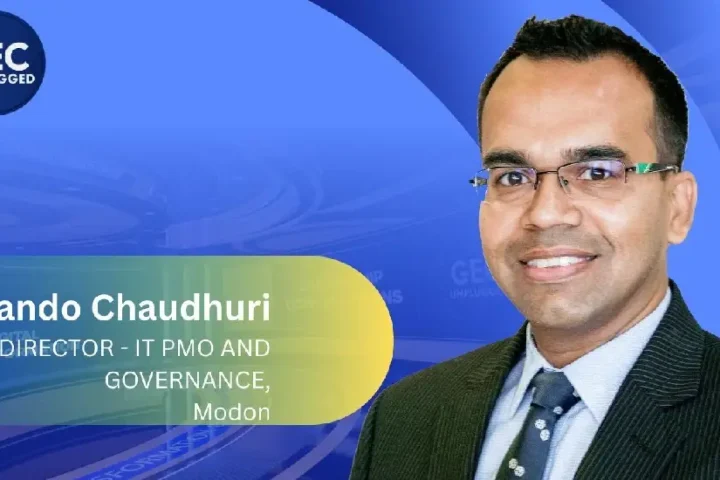Tell us a little bit about Zecurion and what you offer.
Zecurion is an international cybersecurity vendor, and our key product is Data Leakage Prevention (DLP). However, we’re introducing a new vision and positioning for DLP in the global market.
Traditionally, DLP is used to prevent data leaks by creating rules to monitor specific types of data—typically personal or sensitive information. These systems often operate on a “fire-and-forget” model, where you define policies and occasionally review reports about incidents that were prevented.
What we’re suggesting is a broader, more comprehensive use of DLP as a tool for internal security. Internal threats go beyond simple data leaks—they can include fraud, corruption, misuse of resources, and employee misconduct. These threats can lead to far greater financial losses than typical data leaks.
For example, one of our customers, an oil refinery company, discovered—using our DLP system—that employees were involved in a long-term internal fraud scheme. They were selling products to a network of shell companies affiliated with them, offering small discounts (1-2%) that didn’t raise immediate red flags. These products were then sold to legitimate buyers, and the scheme operated undetected for over three years. The company eventually conducted a full financial and legal audit and uncovered a loss of around $50 million.
This example highlights how DLP can support internal investigations and threat mitigation. We go beyond traditional DLP capabilities by offering advanced features that help security teams gather data, analyze behavior, and initiate investigations.
What makes your DLP solution different from traditional tools?
Our system archives all captured information passing through DLP sensors, not just incidents flagged by predefined policies. With traditional DLP, you only see what you’ve anticipated and written policies for in advance. In our case, you can create a policy anytime—even retroactively—and apply it to historical data to uncover violations that were previously undetected.
We use big data techniques and AI for behavior analysis, risk-based analytics, and emotion evaluation. We also provide surveillance functionalities like microphone, camera, and keystroke recordings, which can be activated based on predefined events or schedules.
We call it a next-generation, people-centric DLP. Every user has a profile where we track their data activity: how much data is stored, transmitted, accessed, etc. This is all presented in intuitive dashboards with graphs and regional breakdowns for quick analysis.
A standout feature is our User Connection Diagram, which visually maps a user’s interactions with other internal and external users—especially useful in uncovering hidden connections or collusive groups within the organization.
Is your system fully automated? Are you using AI to drive this?
Yes, we use AI—particularly for behavioral analysis and data classification. For traditional DLP tasks like detecting and blocking leaks, the system runs fully automated.
However, investigations and digital forensics require human oversight. Our system provides the complete picture and all supporting data to assist the investigation, but final decisions are made by human analysts. All findings are presented in a centralized dashboard for efficient review.
Do you have an office in Dubai?
Not yet. But we recognize that the Middle East is a very important region for us.
We’re currently focusing on emerging markets like the Gulf, Turkey, Africa, Southeast Asia, and India. These regions are often neutral in geopolitical terms and are more focused on the value a product delivers rather than where it originates from.
Are you looking for new partners here?
Yes. While we do have partners in the region, the market is quite segmented. For instance, one partner may work exclusively within a particular industry and not cover others.
We are very open to building new partnerships, which is one of the reasons we’re here at GISEC.














